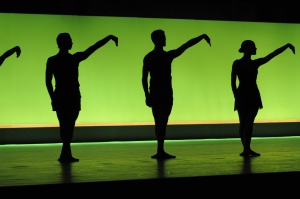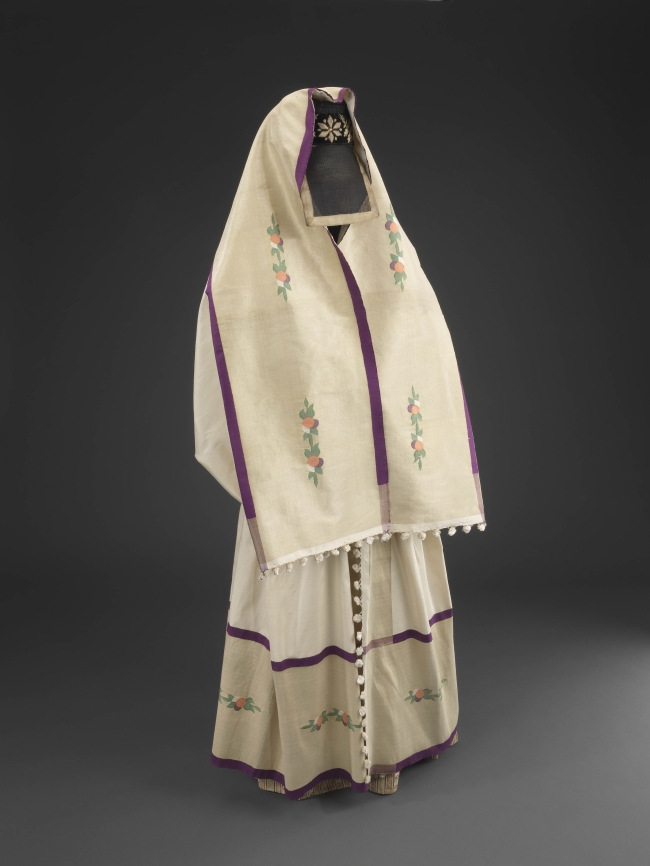The 27th Jerusalem International Book Fair kicked off today with a press conference with writer Ismail Kadare. The Albanian novelist and poet is to receive a prize awarded annually to authors whose work emphasizes freedom of the individual in society. Previous recipients have included Arthur Miller and Ian McEwan. Kadare now lives in France.
I have wanted to read his novels ever since I learned about him while researching a travel article on Albania in 2011. My desire to read him was heightened after driving over an excruciatingly potholed road to visit Gjirokaster, the hometown of the author and also of Enver Hoxha, the longtime Communist dictator of Albania. Despite my best intentions, however, that hasn’t happened yet, and I don’t think it happened to most of my colleagues at the press conference. None of us came up with a question that didn’t seem to bore or annoy the acclaimed author.
Perhaps to show off that I knew what Gjirokaster looks like, I asked whether the author saw any resemblance between Jerusalem, in which all the buildings are faced with stone, and his hometown, which hangs on the face of a craggy mountain and which he compares in one of his novels to a prehistoric creature with a stone carapace “clawing its way up the mountainside.”
“There is a resemblance,” he responded in French, which was rendered in English by an interpreter, “but it is a misleading one. They’re both stone, but that’s all. My hometown has given nothing to humanity except for literature. Jerusalem has symbolic importance.”
In response to the inevitable question as to whether Jews and Albanians have anything in common, Kadare responded that they both live with the threat of extinction, although one cannot really compare the fate of the two.
“I don’t think there is any country that has banned the writing of a language,” Kadare said. For the four centuries that Albania was part of the Ottoman Empire, writing in that language was forbidden. The language “was at risk of extinction” and thus the people feared that they, too, might disappear, he said.
Israeli writer, translator, and activist Ilana Hammerman, who has been awarded the 2015 Yeshayahu Leibowitz Prize for activism against the occupation, asked Kadare whether he was aware of the 300,000 people “living here [in Jerusalem] who do not have human rights.”
Clearly irked, Kadare responded, “I didn’t come here for this. I came here to receive a literary prize, not to deal with local problems.”
And what about a definition of freedom, which is a theme in his novels (and a reason for his being awarded the prize)? “I don’t think this is the place to discuss a topic that is so sublime, so complicated,” he said. Then he added, “In art, literature, philosophy you can talk about liberty, but humanity hasn’t arrived there yet.”
This year’s book fair differs from its predecessors both in its new venue—the First Station, one of the city’s newest entertainment areas—and its expanded program. According to Yael Sheffer, the fair’s artistic director, the five-day event is geared to young adults and young families. There will be cooking classes in the mornings, activities for children in the afternoons, and a full program for adults, including erotica and poetry, in the evenings.
And as for Kadare, who appeared relieved to be liberated from the press conference, I thought of D.H. Lawrence’s caveat to trust the tale, not the teller. More than ever, I wanted to read Kadare’s novels and erase the disappointment with this unfortunate meeting.
Text copyright 2015 by Esther Hecht. No part of the text may be used without written permission of the author.



